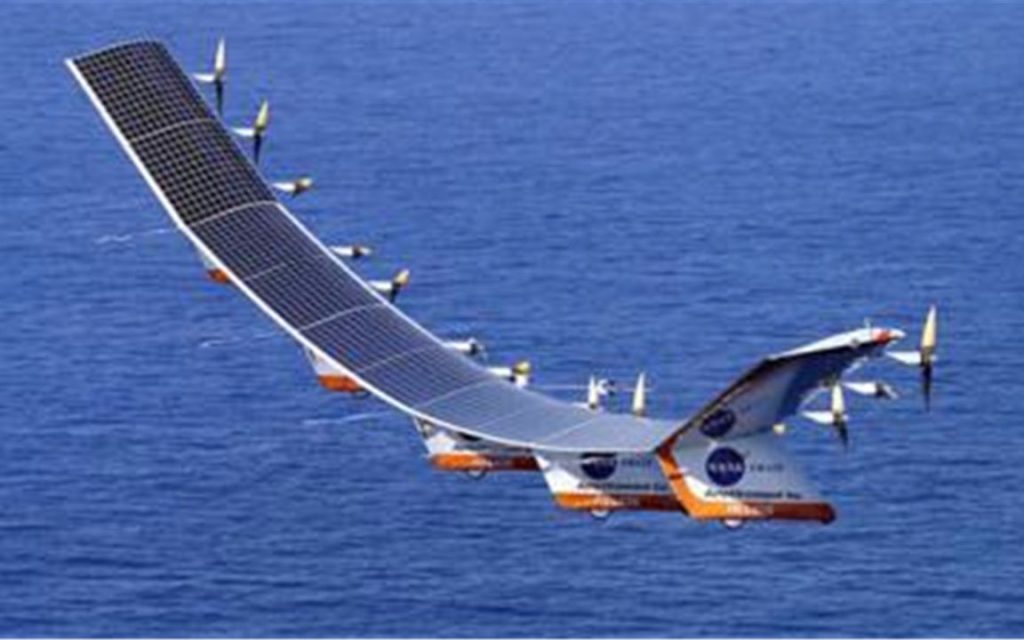
China has a vast territorial sea area, with a jurisdicIn terms of space-based maritime supervision means, some maritime departments have introduced small fixed-wing UAVs, unmanned helicopters and four-rotor UAVs for daily cruise supervision of inland rivers, ports and waterways, ship exhaust monitoring, marine environmental monitoring and other fields. At present, the space-based monitoring platform focuses on micro and small unmanned aerial vehicles, mainly operating near the coast as a supplement to other monitoring means, and the space-based maritime monitoring means for the deep sea are still very scarce.
At present, China’s maritime supervision over the South China Sea and other far-reaching seas mainly depends on cruise law enforcement vessels, which have problems of slow speed, poor vision, limited by sea conditions, high use and maintenance costs, and limited supervision efficiency. The “Fourteenth Five-Year Plan” for the development of the maritime system points out that “improve the safety supervision and navigation support capacity of deep and distant seas, strive to build a new model of all-factor ‘water traffic management/establish a new model of cross-regional, multi-level and all-coverage water traffic management, and promote the realization of comprehensive dynamic control of ships in waters under the jurisdiction of China, efficient command of on-site law enforcement and effective disposal of emergencies”. As a new concept of electric vehicle, solar UAV has the ability to stay in the air for a long time, cover a wide range, work at high altitude, and have the characteristics of “quasi-satellite”, which is very suitable for the business needs of maritime cruise supervision and emergency disposal in the open sea and in a large range. The application of solar unmanned aerial vehicles in maritime supervision is conducive to the construction of the “land, sea, air and sky” integrated water transportation safety assurance system, the realization of “access, visibility, transmission and management”, and the comprehensive protection of the national maritime rights and strategic interests.






Please sign in to comment
register